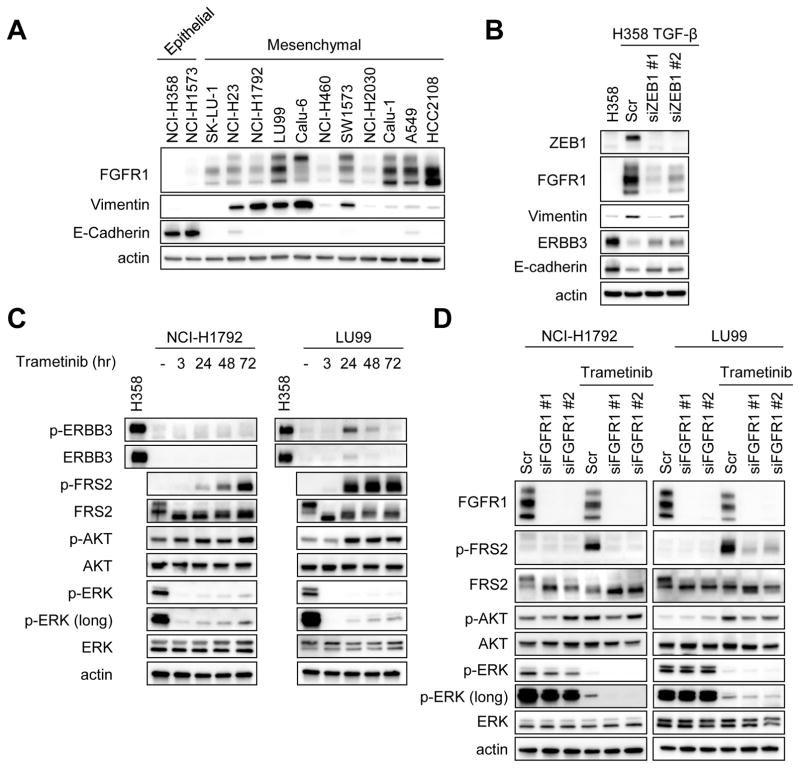Figure 3. Trametinib induces feedback activation of FRS2 phosphorylation via FGFR1.
(A) Expression of FGFR1, vimentin, and E-cadherin protein were analyzed by Western blotting of lysates from KRAS mutant lung cancer cell lines. Actin is the loading control. Independent experiments were performed three times, and a representative result is shown. (B) NCI-H358 cells were treated with TGF-β1 (4 ng/mL) for 14 days in order to induce EMT. Then EMT-induced cells (H358-TGFβ) were transfected with two different siRNAs targeting ZEB1 or scramble siRNA and cultured for 72 hours. Lysates were probed with the indicated antibodies. Independent experiments were performed twice, and a representative result is shown. (C) Long-term MEK inhibition resulted in strong upregulation of FRS2 phosphorylation. NCI-H1792 and LU99 cells were treated with 50 nM trametinib for the indicated times, and lysates were probed with the indicated antibodies. Immunoblots are representative of three independent experiments. (D) FGFR1 mediates FRS2 phosphorylation following trametinib treatment. Cells were transfected with two different siRNAs targeting FGFR1 or scramble siRNA and cultured for 48 hours. Then, media was replaced with or without 50 nM trametinib and cells were treated for an additional 48 hours. Lysates were probed with the indicated antibodies. Independent experiments were performed three times, and a representative result is shown.

